
12 fragrant bushes for a scented garden all year round
Our selection to scent the four seasons
Contents
Fragrances are a true asset for the garden. They complement the flowerings and foliage, and for some, they announce the plants even before we see them. Sweet, musky, fruity… the range of scents is just as broad as that of colours and shapes. And the beautiful season is not the only one to offer pleasant aromas. Discover our selection of 12 bushes with powerful fragrances, to scent your garden throughout the year!
Fragrant bushes for Spring
The Fragrant Currant – Ribes odoratum
A bush with a bushy and rounded habit, the Fragrant Currant boasts numerous qualities. In the heart of spring, its many tubular flowers, blending yellow and orange, emit a noticeable fragrance in the surroundings. They are followed by black fruits, edible but with limited taste appeal. Thornless, this decorative currant features a dentate green foliage that beautifully turns purple in autumn. Hardy down to at least -15°C, this 2 m bush fits well in hedges as well as in borders.
- Its requirements
Plant it in any ordinary, deep, and cool soil, even calcareous, in full sun or partial shade.
- Its fragrance
Sweet yet prominent, the fragrance of the Fragrant Currant is reminiscent of carnation. It carries from a distance from the bush.
→ Discover all our varieties of Flowering Currants in our guide: Flowering Currants, planting, growing, and maintenance
Burkwood Viburnum – Viburnum burkwoodii
Essential in a fragrant garden, the Burkwood Viburnum brightens spring with its small white flowers tinged with pale pink gathered in numerous balls about ten centimetres across. Its fragrance is a pure delight! The foliage, deciduous to semi-evergreen, is borne by a bush about 2.5 m tall, with a sometimes slightly untidy habit. Green in season, the leaves again draw attention to this superb bush in autumn, when they take on particularly warm colours. Hardy down to -20°C, this viburnum is easy to care for and shines in the garden several times a year. The variety ‘Ann Russell’ stands out from the type by its smaller growth and more compact habit.
- Its requirements
Plant your viburnum in cool but well-drained soil, with not too much lime, in full sun or partial shade.
- Its fragrance
Similar to that of lily, it also exudes notes of jasmine and tuberose. Very powerful, it is truly perceptible several metres around!
→ Discover our wide range of Viburnums and our guide: Viburnums, planting, pruning, and cultivating.
Lilac – Syringa
The Lilacs are emblematic of a fragrant spring. These hardy and very easy-to-grow shrubs adopt an upright and dense habit, forming a well-branched bush that elongates with age. Fast-growing, the Lilac produces clusters of melliferous flowers in various colours from April to May, ranging from white to dark burgundy, including various shades of pink and blue. Some even offer mixes like the variety ‘Sensation’. Simple or double, the flowers emerge from medium green foliage, in easily recognisable pyramidal thyrses. Recent hybrids, such as the Bloomerang ‘Dark Purple’ Lilac, offer a repeat flowering once the summer heat has passed. Fast-growing, Lilacs can reach over 6 metres, but some dwarf varieties, like ‘Bloomerang Pink Perfume’, do not exceed 1.30 m, making them suitable for planting anywhere, even in pots on a terrace.
- Its requirements
Lilac grows in any ordinary, well-drained soil, even in calcareous areas. It thrives in both full sun and partial shade.
- Its fragrance
A nostalgic fragrance, which inevitably reminds us of our grandparents’ gardens, becoming a reference. Sweet and tender, it blends floral and aniseed notes.
→ Discover all our varieties of Lilacs and our guide: Planting, pruning, and maintaining Lilacs
Read also
10 fragrant and scented plantsFragrant bushes for Summer
Butterfly Bush – Buddleia
A small bush or beautiful shrub, the Butterfly Bush grows from 1.2 m to 4 m depending on the variety. Its spreading silhouette showcases deciduous or more or less evergreen foliage, green to silver, with a fuzzy underside. Between June and October, long melliferous spikes adorn the plant and attract butterflies. The colour options are vast, including bright blue in ‘Empire Blue’, white with ‘White Profusion’, or pink like ‘Summer Beauty’. There are various shades available, and some are even bicoloured, as offered by the variety ‘Flower Power’.
Hardy down to -20°C, fast-growing and disease-free, they fit into all gardens, especially since they resist pollution and adapt well to heat and drought. Dwarf varieties, such as ‘Nanho Blue’, even allow you to enjoy them on a terrace.
- Its requirements
Buddleia thrives in any well-drained soil, even poor and calcareous. Place it in full sun and preferably sheltered from the wind.
- Its fragrance
Dominated by honeyed scents, it reveals musk notes and a hint of clove. The fragrance is quite noticeable when passing near the shrub.
→ Discover our selection of Butterfly Bushes and our guide: Planting, pruning and caring for the Butterfly Bush.
Japanese Snowbell – Styrax japonicus
Somewhat under the radar, Japanese Snowbell gains popularity each year. It certainly has its advantages! This elegant shrub displays a tiered silhouette, with horizontal branches bearing deciduous leaves of a beautiful dark green, slightly bluish on the underside. In autumn, they blaze in stunning yellow and orange tones. This unique shrub is also appreciated for its fragrant flowering, which occurs in early summer, producing a multitude of white bell-shaped flowers, whose drooping form further enhances its striking appearance. Dry, cream-white drupes follow the flowering. Of medium growth, Styrax lives a long time and rarely exceeds 3 to 4 m. Hardy (-15°C), very resistant to diseases and easy to cultivate, it deserves to be discovered and used in gardens or pots.
- Its requirements
Styrax prefers light, neutral to acidic soils rich in organic matter and moist. In the hottest regions, place it in partial shade. Elsewhere, it can tolerate full sun. Just avoid scorching exposures.
- Its fragrance
Its fresh and indulgent fragrance is both vanilla-scented and sweet.
→ Discover our Styrax species and our guide: Planting, caring for and pruning Styrax
Clerodendron – Clerodendrum trichotomum
Known as the Clerodendron, the Tree of Luck or the Tree of Turquoises, the Clerodendron is an original shrub with an exotic appearance. Its deciduous leaves are green in the species, variegated with yellow that turns white in season for the cultivar Variegatum. The well-marked veins give a lovely relief to the foliage, whose underside is fuzzy. When crushed, it releases uncommon peanut notes. From July to October, the plant is adorned with panicles of white star-shaped flowers with purple calyxes, which are highly fragrant. These are followed by small round berries, resembling beautiful turquoise gemstones set in a bright red casing. To all these qualities, add rapid growth, very good disease resistance, limited maintenance and good hardiness (-15°C). What more could you ask for?
- Its requirements
Easy to grow, the Clerodendron is satisfied with any well-drained and moist soil, in full sun or partial shade. Avoid heavy, suffocating soils and those waterlogged in winter, as well as excessive heat in summer.
- Its fragrance
While the peanut scent of its crushed foliage may be surprising and not to everyone’s taste, the jasmine-like fragrances of its flowers are a delight, especially at dusk.
→ Discover our Styrax species and our guide: Planting, caring for and pruning Styrax.
Discover other Fragrant shrubs
View all →Available in 0 sizes
Available in 1 sizes
Available in 1 sizes
Available in 1 sizes
Available in 1 sizes
Available in 1 sizes
Available in 1 sizes
Available in 1 sizes
Available in 2 sizes
Available in 1 sizes
Fragrant bushes for Autumn
Autumn Camellia – Camellia sasanqua
With such a species name, the Camellia sasanqua (pronounced ‘What does it smell like?‘) had to be included in a selection of fragrant bushes. This small camellia with evergreen foliage, typically glossy, thick, and leathery, remains within reasonable proportions (1.50 to 3m), making it easy to integrate, even in modest spaces or pots. With slow to moderate growth, it has the unique feature of flowering in autumn, generally between October and December, with single or double flowers in shades of pink, red, or white. There are varieties with a strong fragrance, such as ‘Setsugekka’, with single white flowers and golden stamens, or ‘Yume’, with very fragrant pink and white flowers and a record flowering.
While the Autumn Camellia tolerates drought quite well once established, it is somewhat more sensitive to cold (-10°C), especially when prolonged.
- Its requirements
Like all Camellias, Sasanqua requires acidic soil. Lime is its enemy! A light, humus-rich, and consistently moist soil makes it happy. Heavy, waterlogged soils in winter should be avoided. Full sun exposure is possible in the North of France. Further South, prefer partial shade. In any case, protect your camellia from cold, drying winds.
- Its fragrance
The fragrance can evoke jasmine tea or lily, but not all varieties offer the same intensity.
→ Discover our Autumn-flowering Camellias and our guide: Planting, pruning, and caring for Camellias
Chalef – Eleagnus ebbingei
While it may seem discreet at first glance, the Chalef truly stands out in autumn. It is not its small cream bell-shaped flowers that are noticed, but rather the powerful fragrance they emit. Ideal for hedges, topiary, or even in pots, this evergreen shrub boasts dense foliage, green with silver undersides for the type, or with bright variegation, such as in ‘Limelight’, or ‘Gilt Edge’. Edible orange fruits follow the flowering. Very hardy, tolerating wind and salt spray, this shrub grows rapidly, reaching heights of 1.70m to 3 or 4m. Its branches may bear some thorns.
- Its requirements
Not picky about soil type, the Chalef can even grow in poor, dry, and calcareous soil. A richer, fresher substrate is also suitable. Comfortable in full sun or partial shade, it is also ideal for creating windbreak hedges by the sea.
- Its fragrance
Very powerful, especially compared to the size of its flowers, it can be detected from afar. A hedge of Chalef fills the garden in autumn with its aromas blending clove, jasmine, and honey.
→ Discover all our varieties of Chalefs and our guide: Planting, pruning, and maintaining Eleagnus.
Fragrant Osmanthus – Osmanthus heterophyllus
At first glance, the Fragrant Osmanthus resembles a holly, but it is distinguished by a powerful fragrance that spreads in late season. Its glossy foliage is heavily spiny and persists all year round. Green in ‘Gulftide’, it offers variegation with the variety ‘Tricolor’, or purple foliage in ‘Purpureus’. This compact and bushy shrub produces bright white flowers in autumn, followed by dark blue fruits. Very easy to grow and adaptable, the Osmanthus tolerates salt spray, is resistant to diseases, and has decent hardiness (-10°C to -15°C). This makes it an excellent shrub for beginner gardeners. While it responds well to pruning, it does have relatively slow growth.
- Its requirements
Plant the Osmanthus in light, rich, well-drained, and non-calcareous soil. Avoid waterlogged soils in winter or overly dry soils in summer. Comfortable in full sun in the North of the Loire, it also tolerates partial shade further South, as long as it receives enough light to flower well.
- Its fragrance
Perceptible from several meters away, it is dominated by scents of jasmine and gardenia, with notes of apricot and peach.
→ Discover our range of Osmanthus and our guide: Planting, pruning, and maintaining Osmanthus.
Read also
Scented geraniums: how to succeed ?Fragrant Bushes for Winter
Bodnant Viburnum – Viburnum bodnantense
When it blooms on its naked wood, between November and February, Bodnant Viburnum brings a touch of cheerfulness to the grey days. Its bright pink buds open into numerous clusters of pale pink flowers with a sweet fragrance, surprising for this season. Its foliage, deciduous and heavily veined, takes over in spring, displaying bronze tones before turning green in the season, then deep purple-red in autumn. The varieties of Bodnant Viburnum, ‘Dawn’ and ‘Charles Lamont’, are quite similar. Both are easy to grow and hardy (-15°C), with a medium growth rate, and the bush eventually reaches 2.5 to 3m.
- Its requirements
Plant Bodnant Viburnum in full sun or partial shade, in any type of cool, deep soil. It can tolerate a bit of lime, but not excessively. Protect it from cold winds.
- Its fragrance
Its fragrance is surprising in the heart of winter, with vanilla notes, blending heliotrope and carnation, being particularly noticeable when the weather warms up a bit.
→ Discover our wide range of Viburnums and our guide: Planting, pruning and maintaining Viburnums.
Mahonia – False Holly
Hardy shrub, Mahonia offers a fragrant winter flowering, in terminal clusters of bright yellow, which then give way to decorative midnight blue berries. The foliage, thick and leathery, is heavily lobed and spiny. Evergreen, it beautifully turns red when temperatures drop. Some, like Mahonia aquifolium ‘Apollo’, do not exceed 1.5m, while others can reach 5m, such as Mahonia media ‘Charity’. Easy to grow, this exotic-looking shrub can be used in borders, under deciduous trees, or even in pots.
- Its requirements
While it prefers neutral to acidic soils, Mahonia can tolerate a bit of lime, especially the aquifolium species. A cool, light, well-drained soil suits it perfectly, but it can adapt to less ideal conditions. In the South, place it in partial shade or dappled shade. Further North, it can tolerate a sunnier exposure. In all cases, avoid heavy, suffocating soils.
- Its fragrance
Both sweet and floral, it combines notes of honey and daffodil, dominated by scents reminiscent of lily of the valley.
→ Discover our selection of Mahonias and our guide: Planting, pruning and maintaining Mahonias
Chimonanthus – Chimonanthus praecox
Deciduous shrub with an upright habit whose winter flowering is one of the most fragrant, the Chimonanthus blooms from December to February on bare branches. Its small yellow bells with a waxy appearance, tinged with purple at the heart, only appear after a few years of cultivation. In season, the shrub displays dark green foliage and forms a mass of about 3m high, ideal for showcasing colourful blooms in the foreground. It can also perfume a terrace if you grow it in a pot. The variety ‘Grandiflorus’ features flowers with more pronounced colours and slightly longer leaves. Slow-growing, Chimonanthus withstands temperatures around -15°C.
- Its requirements
Chimonanthus accepts any ordinary soil, even calcareous or heavy, as long as it is well-drained. It grows well in partial shade or full sun but prefers non-scorching midday exposures.
- Its fragrance
Powerful and well-perceptible, even in cool weather, it is quite complex. It features notes of hyacinth, honey, spices, and jasmine.
→ To learn all about this shrub, discover our guide: “Chimonanthus: planting, cultivation, pruning”
Some tips for enjoying scents in the garden
Fragrance in the garden can be a real bonus, but if misused, it can go unnoticed or, conversely, become overwhelming.
Here are some tips to make the most of it:
- Use bushes with fragrant flowers that bloom in different seasons to scent the garden throughout the year.
- If several fragrant bushes bloom at the same time, do not place them side by side. Some scents do not blend well.
- Position your favourite fragrances near the house or a thoroughfare to fully enjoy them.
- Install fragrant bushes in the axis of the prevailing winds. The scents will then reach you more easily.
- For plants with a truly strong fragrance, be careful not to risk being overwhelmed or nauseated. Placed near resting spots or windows, they can become uncomfortable for some people.
- Finally, be aware that the strength of a fragrance for the same plant can vary depending on temperature, humidity, or even the time of day (or night). Some days are therefore more suitable than others for filling your nostrils.
- Subscribe!
- Contents
































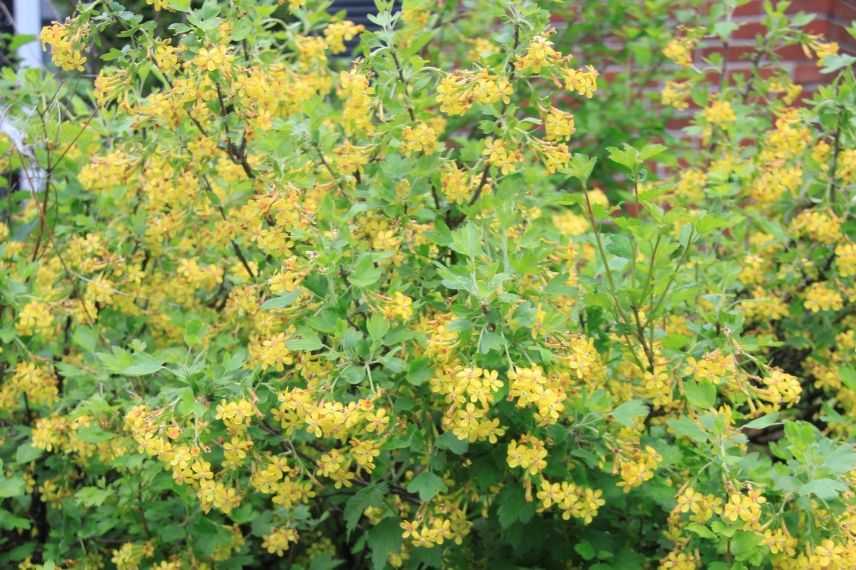
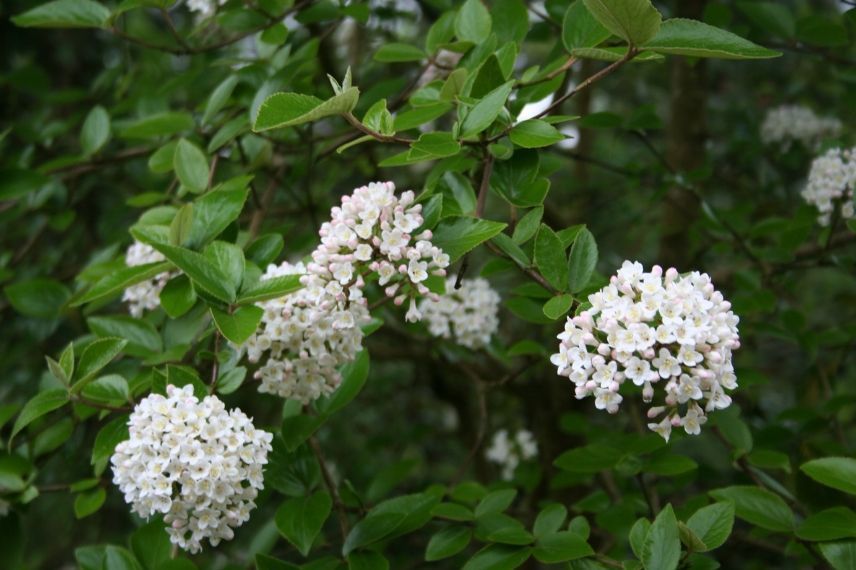
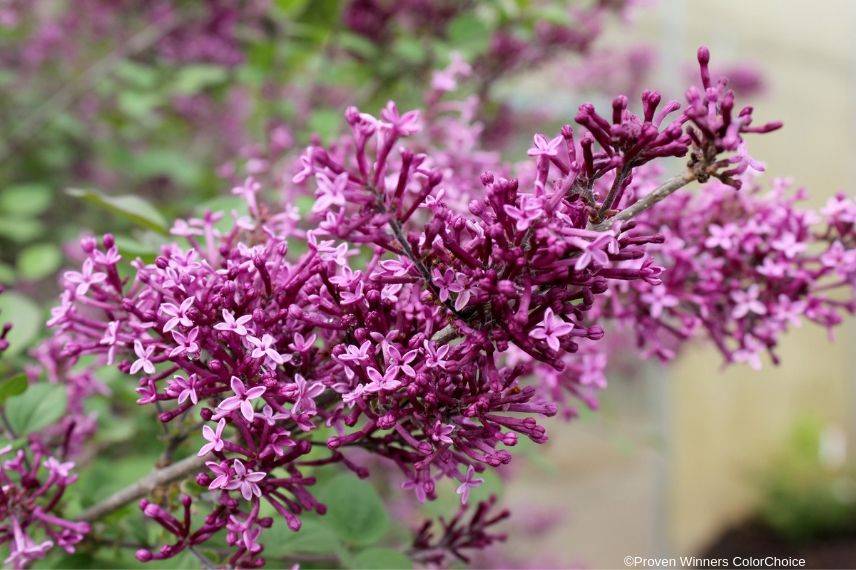
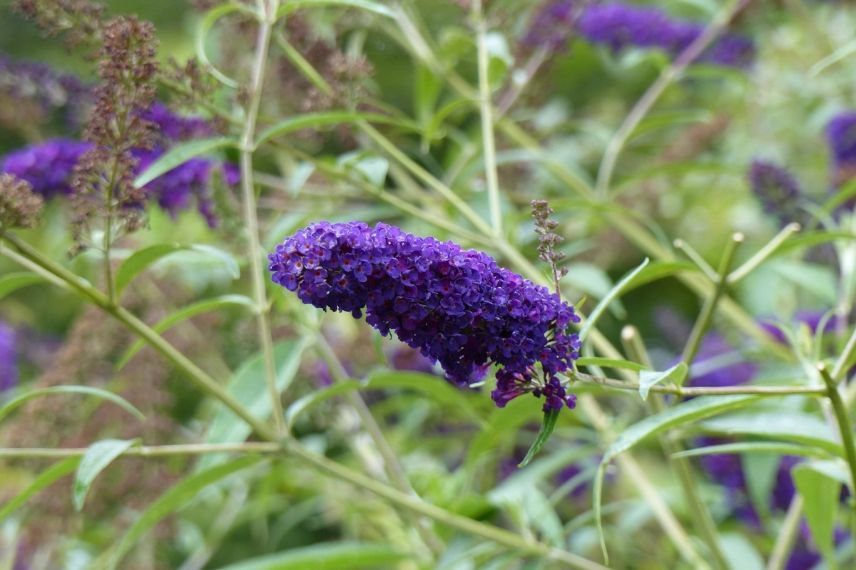
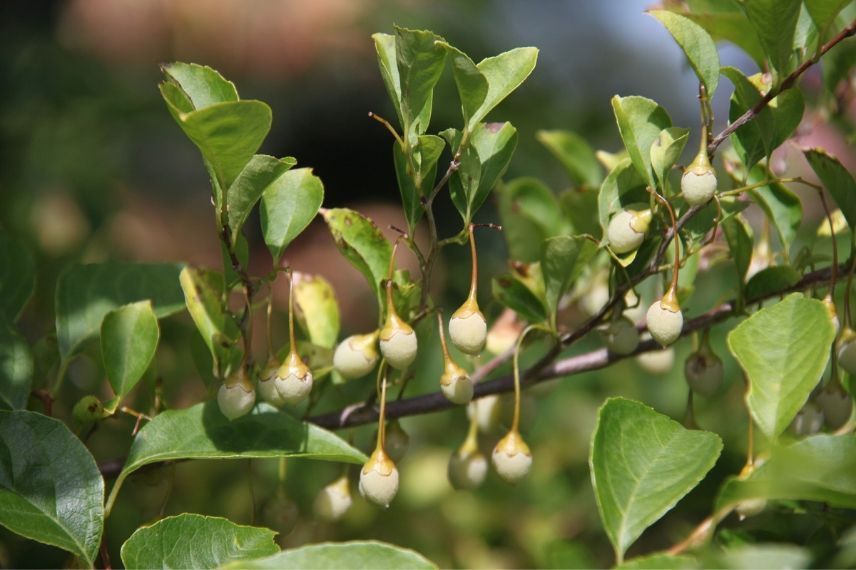
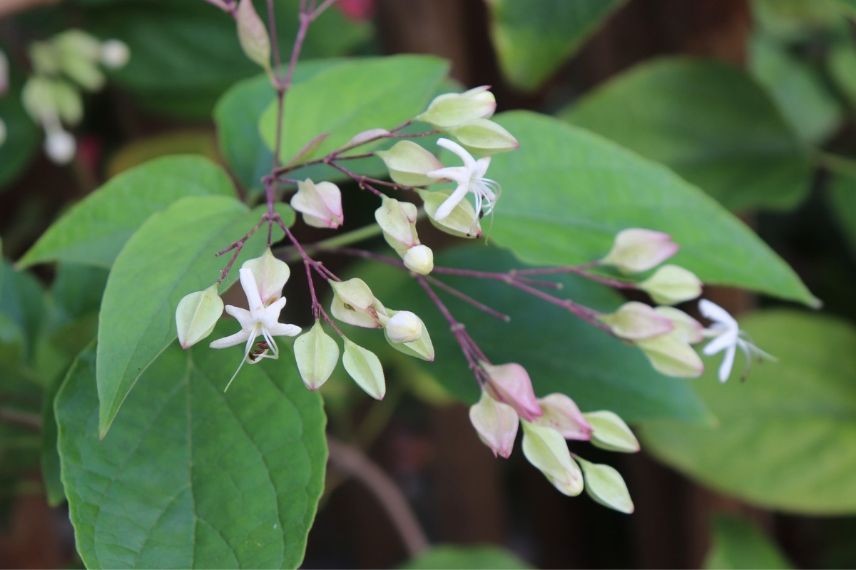



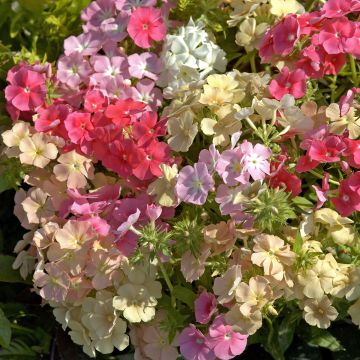
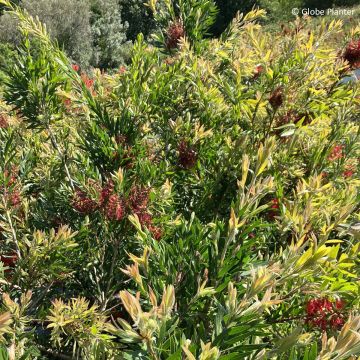
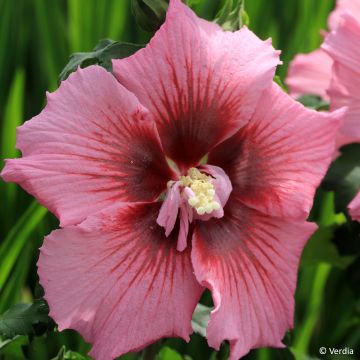
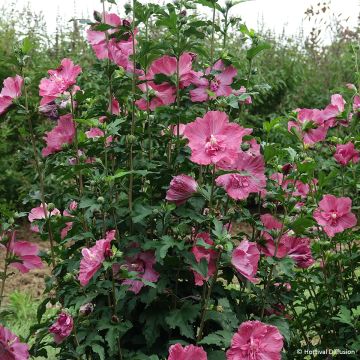


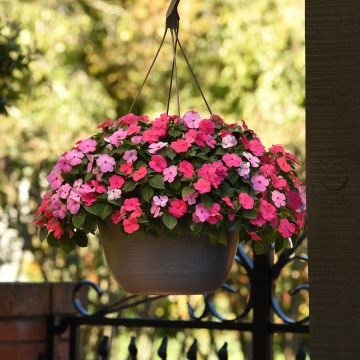
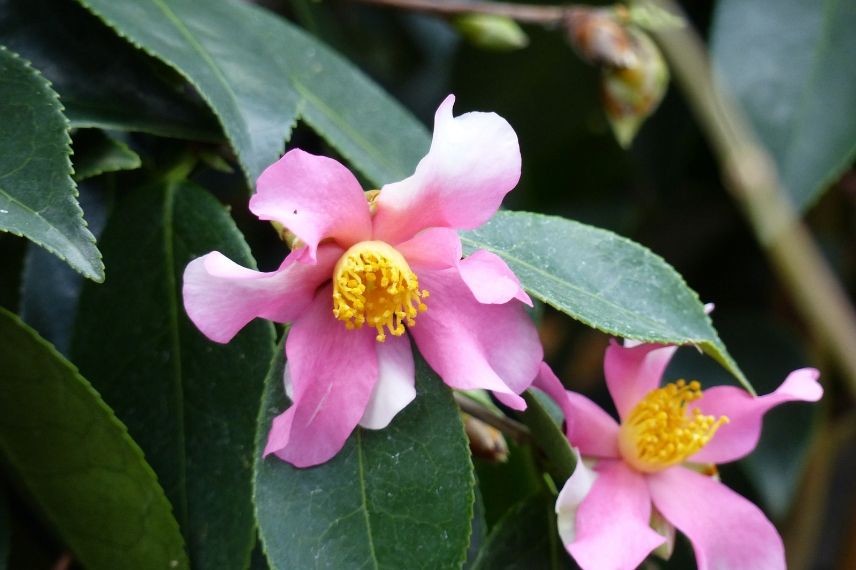
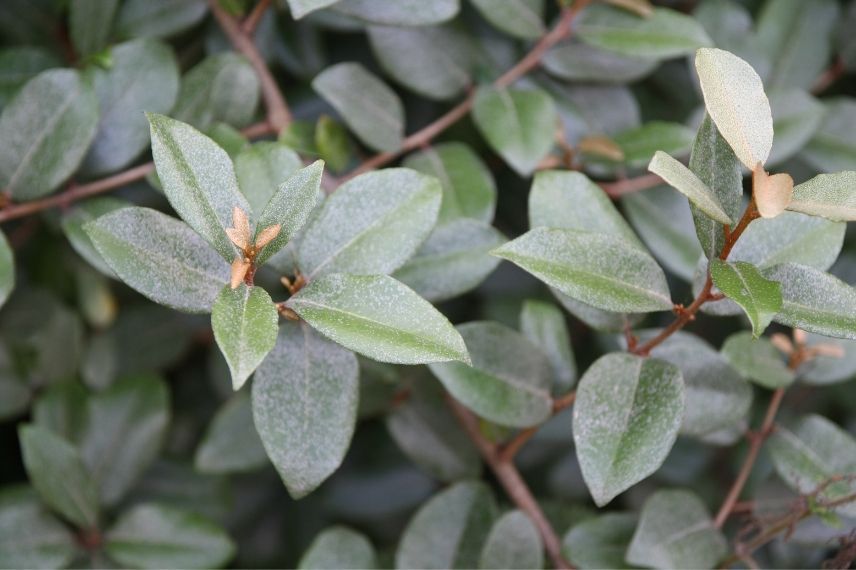
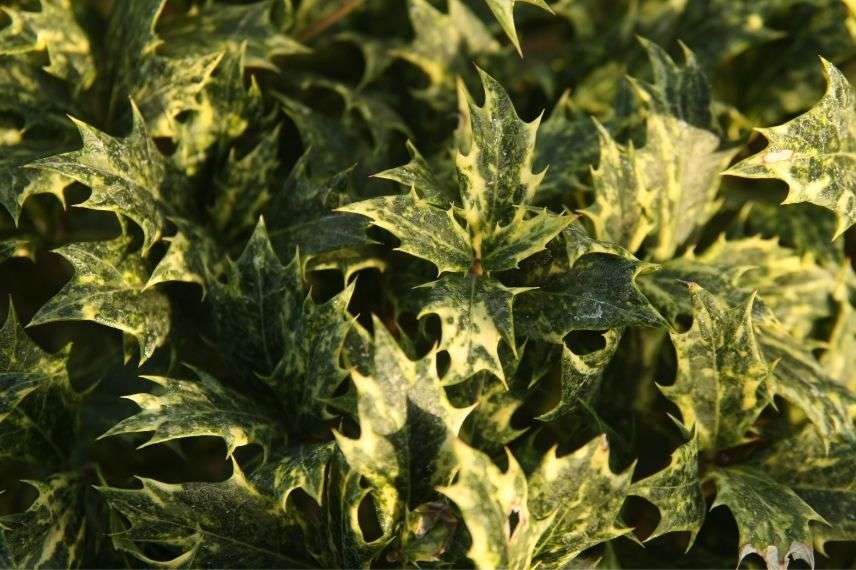
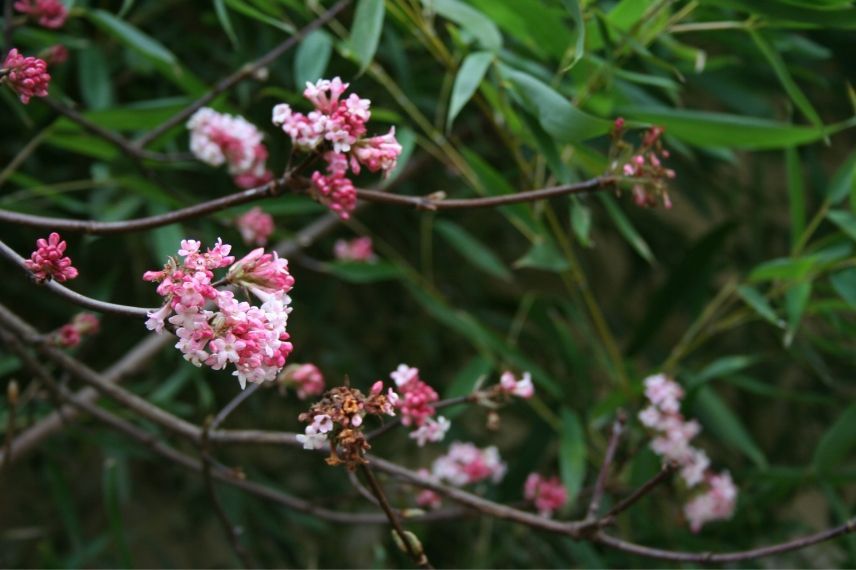
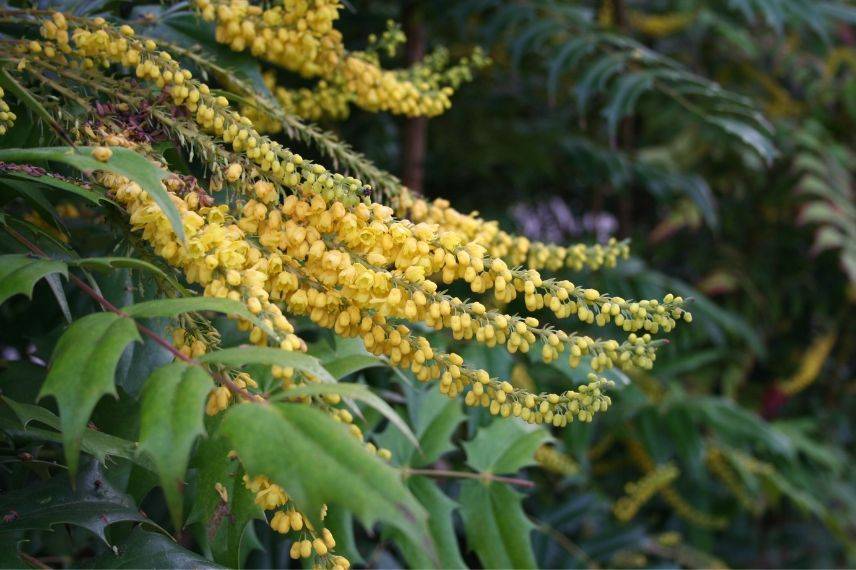
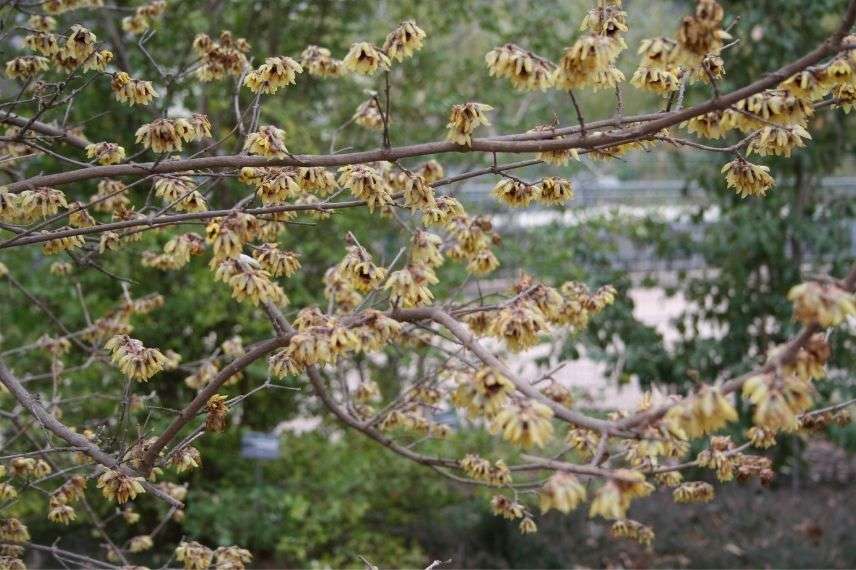
Comments